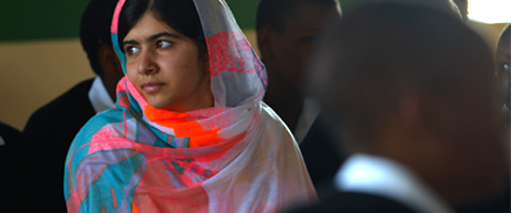Film Review: He Named Me Malala
Documentary Exalts, Humanizes Teenage Activist


being Malala
Latest Article|September 3, 2020|Free
::Making Grown Men Cry Since 1992


being Malala